In my last blog post on food systems thinking, I highlighted three challenges that appear when we try to think about or address problems in food systems: incomplete knowledge, the limitations of human cognition, and our limited capacity to intervene. In this article, I’ll address some of the ways in which we can direct our thinking to engage more effectively in situations where our knowledge might be lacking.
When trying to consider the global food system, we’re bound to run into the issue of incomplete knowledge. As systems get larger, more complicated and complex, the less we can understand them. Moreover, what we do know is subject to greater uncertainty as we try to generalise and overextend our limited contextual knowledge into situations where it does not fit.
It’s natural to feel disheartened by this, especially given the scope and importance of problems that emerge from the different processes occurring across food systems, such as food insecurity, biodiversity loss, and all the different forms of malnutrition. However, by becoming aware of our thinking and combining this with appropriate strategies, we are able to become more effective at analysing and intervening in the types of complex problems mentioned above.
Wake up! Becoming Aware of our Metacognition
Meta-cognition is the awareness and understanding of our own thought processes –in other terms, thinking about our thinking. Cultivating it is an important first step to systems thinking, because once we realise that we don’t fully understand a situation, we can actively look to see what we know, what we don’t know, and whether our knowledge is correct or not. Without it, we are trapped in habitual and reactive thinking patterns and unable to consider the bigger picture.
An important aspect of metacognition is ‘epistemic awareness’ [1], that is, being aware that our knowledge of a situation is only ever an internal representation of what we think we’re observing externally. It is a product of both the external data we receive through our senses and how we process it. Our observations are therefore selective, partial and error prone, and often differ from those of other people. This points to the importance of cultivating an attitude of mindfulness [2], enquiry, and flexibility regarding the accuracy of our own and others’ beliefs and worldviews.
But to begin with, it can be helpful to think about metacognition by visualising the knowledge we might have of a situation and our thinking in the following way:

The two uppermost quadrants are relatively simple to deal with. You either have knowledge about a situation, or you know where to find it. The bottom two are more problematic – how do you deal with the things that you don’t know, or the tacit knowledge that you don’t know you have? Dealing with the lower two quadrants often requires a change of perspective, which suggests a first strategy for dealing with incomplete knowledge: involving other people!
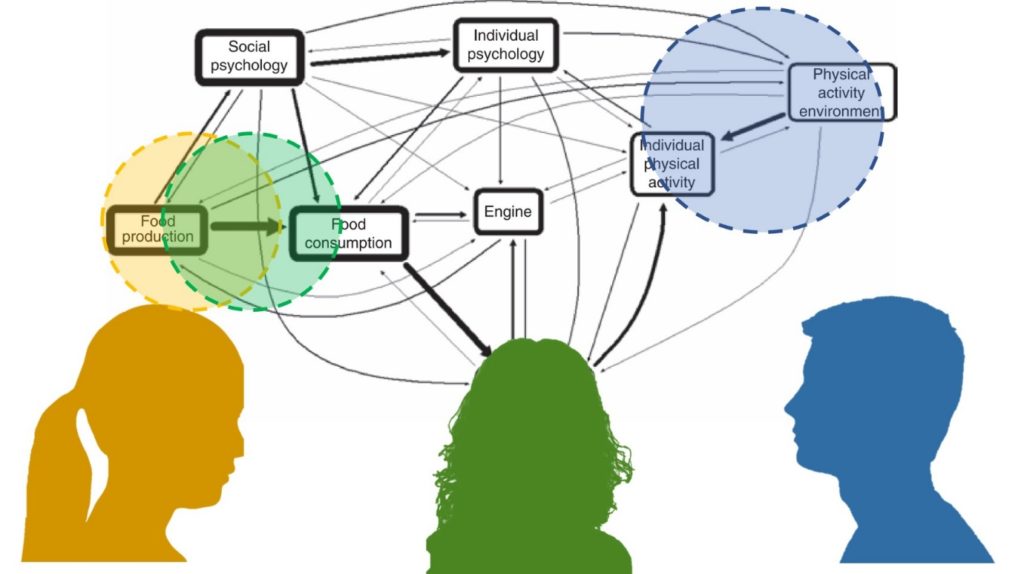
In the diagram above, we can see two ways in which people can help us to understand a problem situation, in this case, the relationship between drivers affecting obesity. The green person has some knowledge of food consumption and food production, but green will benefit from Blue’s understanding of physical activity. Green will also benefit from Orange’s knowledge on food production. Although Green knows a little about food production, Orange knows more, and can therefore provide useful information. Dialogue between Green and Orange can also help gauge their shared understanding of food production systems and whether they see this topic differently. Collectively they can see more of the situation than if they were just by themselves.
Collaborative working helps us validate what we know, and provides us with new information and things to consider – it can help to expand the boundaries of our understanding.
Going Beyond! Exploring the Boundaries of Our Thinking
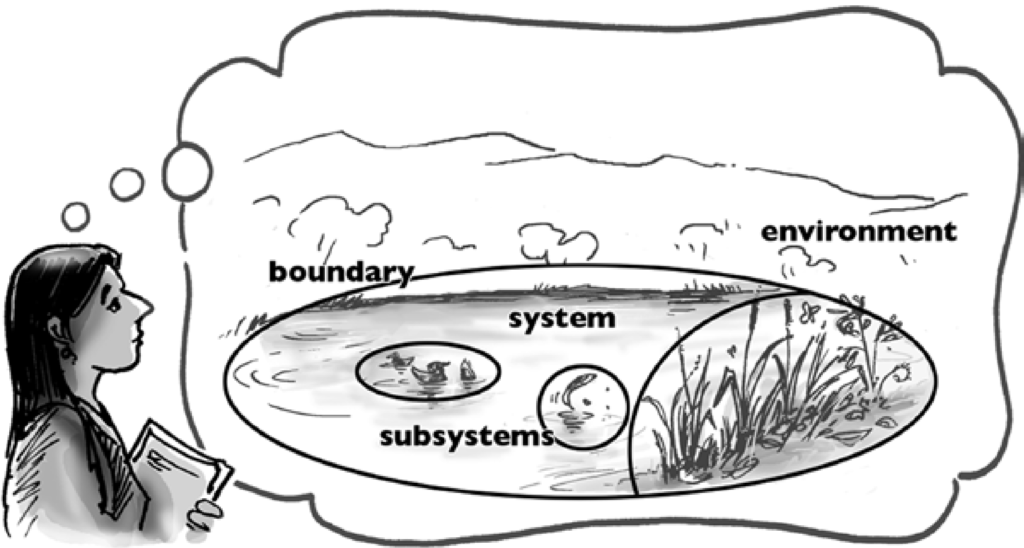
Boundaries are a concept that is central to systems thinking. They can be thought of demarcating a system, or problem situation, from things that we think of as less relevant. In the diagram above, the lady Is considering the pond as a system. Anything beyond the pond system, such as the surrounding land, is termed the wider environment, and is not the subject of her focus.
The boundaries that we create ourselves, or adopt from others, are important because they represent the conscious and unconscious decisions we make about what to focus on. We can reflect on system boundaries as a means of seeing how incomplete our knowledge of a situation is. For example, we might ask ourselves what relevant phenomena we are not including in our system that might have important effects on the activities within.
Conflict can also arise out of how we structure our boundaries. This occurs when two people, using different value judgements, create boundaries that do not align with each other’s view of the system [4]. Since each person will see the same aspect of the system or problem differently, this can be a source for frustration and miscommunication. Systems thinking methodologies will often include some aspect of collaborative work and make explicit peoples’ collective understandings of relevant boundaries to create effective intervention strategies.
Ultimately, there are many ways to address incomplete knowledge. Acknowledging that it is a problem is a first step, since it allows you to adopt metacognitive approaches to reflect on the boundaries of your knowledge. From there you can reflect on the personal metacognitive strategies that you might use along with useful collaboration to build up a richer picture of the food system challenge you are thinking about.
In my next blog I will look at some of the challenges thrown up by the limitations of human cognition when considering food systems, as well as some strategies we can use to overcome them.
[1] For more on epistemic awareness, see: https://www.triarchypress.net/idioticon–epistemic-awareness.html
and Ison, R. (2008). Systems Thinking and Practice for Action Research. In P. Reason & H. Bradbury (Eds.), The Sage Handbook if Action Research Participative Inquiry and Practice (2nd ed., p. 21). SAGE Publishing. [2] There is much information available on mindfulness, but the following resources are a good place to start:
Bishop, S. R., Lau, M., Shapiro, S., Carlson, L., Anderson, N. D., Carmody, J., … Devins, G. (2004). Mindfulness: A Proposed Operational Definition. Clinical Psychology: Science and Practice, 11(3), 230–241.
Yates, J., Immergut, M., & Graves, J. (2015). The mind illuminated. A Complete Meditation Guide Integrating Buddhist Wisdom And Brain Science. USA: Dharma Treasure. [3] Adapted from: Finegood, D. T., Merth, T. D., & Rutter, H. (2010). Implications of the foresight obesity system map for solutions to childhood obesity. Obesity, 18(S1). [4] Midgley, G. (2008). Systemic Intervention. In P. Reason & H. Bradbury (Eds.), The SAGE Handbook of Action Research Participative Inquiry and Practice (pp. 156–165). SAGE Publishing.
Blog by Harley Pope, Education Coordinator, University of Reading
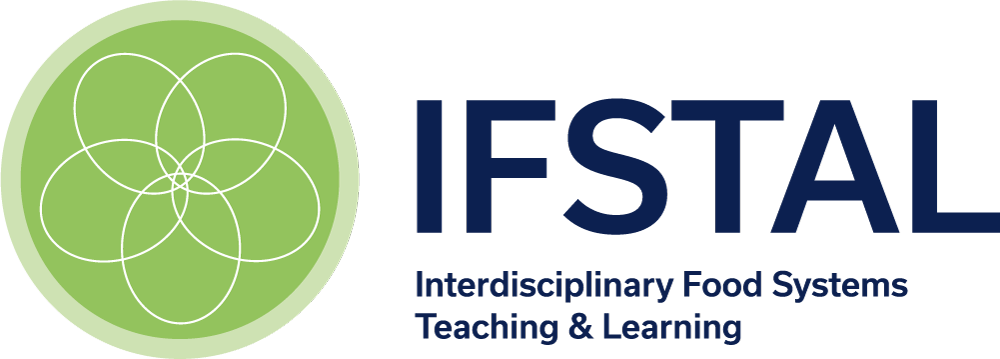

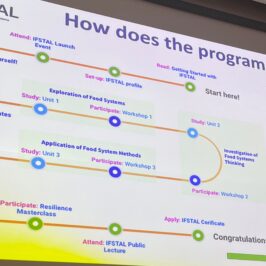

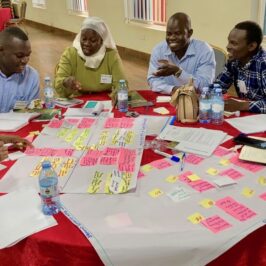
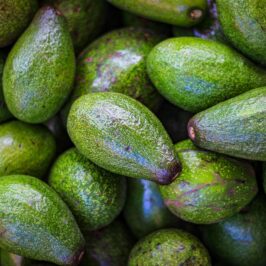
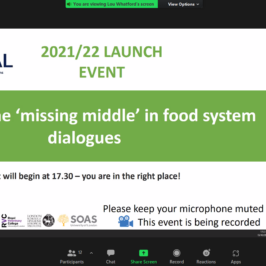
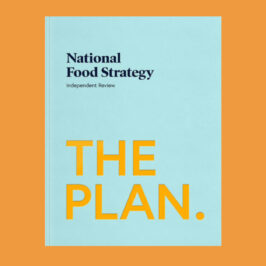
Leave a Reply